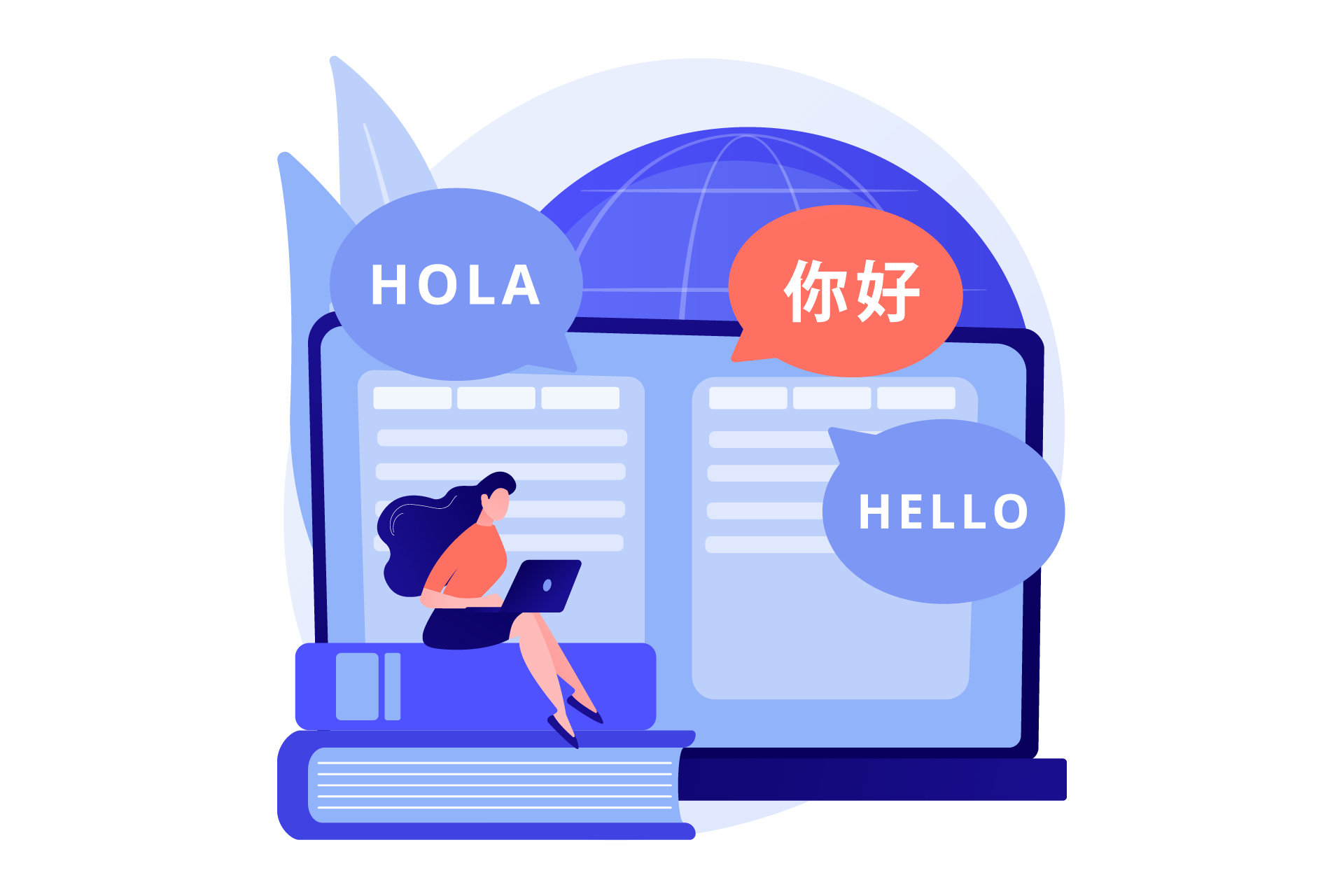As the internet continues to grow as a global marketplace, businesses today need to reach a larger audience. This means that rather than limiting their sales to local markets, they need to access a global customer base that naturally speaks different languages.
Although most users internationally use English as their primary language, by displaying your products on your website in their native language, you can capture their attention and therefore increase your sales. Therefore, if you want to develop a world-class eCommerce solution, building a multilingual website is the first step to getting started.
Translation VS Localization
When we talk about creating a multilingual environment, we don’t just mean translating the original language of a website used in the content. Localization is put in place by adapting the language appropriately to meet the specific needs of the target country. So, consider the literal, but also the cultural relevance of the content on your website, incorporating it into your brand image, but also storytelling (be careful with slang phrases and idioms).
What are, in detail, the benefits of building a multilingual e-shop?
As the degree of personalization, a business can provide becomes an increasingly important factor in securing customers and sales, a multilingual website is at the core of this customer-centric approach. If you can provide quality content in the language of your website visitors, you break down the language barriers to reaching your customers. This takes you one step further in understanding their needs and connecting with them on a personal level.
At the same time, speaking the language of different cultures enables you to create effective marketing campaigns, for example by tailoring your advertising messages to specific target markets.
We also know that a company’s online experience is largely dependent on its ability to rank high on search engine results pages (SERPs). The key is not only to translate your website content, but to have it optimized for international SEO. This of course includes the total translation of your website – including metadata.
A multilingual website, although it is the bridge that allows you to enter new markets, does not necessarily mean that it has to be translated into every possible language. We advise you to pick out the most common languages in your target market and make the most of them.
As we understand, today we operate in a global commercial landscape where cross-border eCommerce continues to change the way businesses and consumers respond to change.
SoftOne‘s SHOPRANOS is the first B2B eCommerce platform in the country to incorporate artificial intelligence (AI) features to automatically create product content in 30 languages and optimize existing text, significantly improving SEO rankings.
Expanding your e-shop to different geographies has the power to increase your brand reputation and customer loyalty. It can also serve as a trial period before you decide to expand your business, setting the stage for success in the global marketplace.
